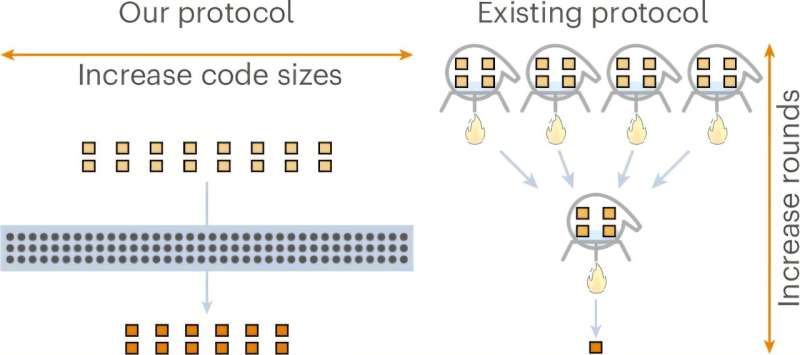A pioneering mining company, Interlune, has announced significant progress in the extraction of helium-3 from the lunar surface, aiming for commercial operations by 2028. This rare isotope, crucial for nuclear fusion, could revolutionize energy production and various high-tech industries. Recent developments highlight the increasing commercial interest in space mining, positioning Interlune at the forefront of this emerging market.
Interlune claims to have identified substantial helium-3 deposits, utilizing advanced surveying techniques to confirm their presence. Helium-3 is abundant on the moon due to billions of years of solar wind exposure, making it a valuable resource for future energy solutions. Unlike the more common helium-4, helium-3 is non-radioactive and presents a unique opportunity for clean, waste-free energy generation. Industry experts estimate the market value of helium-3 at up to $20 million per kilogram, driven by demand in sectors like quantum computing and medical imaging.
The Geopolitical Landscape of Lunar Resource Extraction
The announcement occurs in a context of intensifying competition for lunar resources, particularly between the United States and China. According to a report by Space.com, Interlune’s efforts align with broader ambitions to secure helium-3 for applications in quantum computing, where it serves as a critical coolant. The company has already secured agreements to supply up to 10,000 liters of extracted helium-3, indicating early market confidence in their capabilities.
To further solidify its operations, Interlune unveiled a prototype harvester designed to process 110 tons of lunar regolith per hour. This innovation addresses the significant logistical challenges of lunar mining, including extreme temperatures and a lack of atmosphere. As highlighted in coverage by The Washington Post, the harvester aims to minimize environmental impact while enhancing operational efficiency.
Technological Innovations and Economic Potential
The applications for helium-3 extend beyond energy generation; they also include uses in medical imaging and supercomputing. Forbes reports that Interlune is developing robotic systems for autonomous mining, with plans to commence operations by 2028. This timeline coincides with NASA’s Artemis program and China’s Chang’e missions, which may provide essential infrastructure for transportation and processing of lunar materials.
Despite the promising outlook, challenges remain, including the high costs associated with space travel and the uncertain economics of returning materials to Earth. Proponents argue that in-situ resource utilization—leveraging lunar materials to create habitats or fuel depots—could help offset these expenses. As discussed in Interesting Engineering, global superpowers view helium-3 as a valuable asset, with Russia also entering the competition, potentially reshaping the geopolitical landscape of energy resources.
Interlune has attracted significant investment, raising funds to deploy multispectral cameras for accurate resource mapping. A partnership with quantum cryogenics firm Bluefors, as reported by Gizmodo, underscores the growing recognition of helium-3’s role in advancing computational power.
Ethical concerns arise regarding equitable access to lunar resources under the Outer Space Treaty. Critics warn of a new form of colonialism, while supporters, including those cited in publications by the European Space Agency, emphasize the potential for shared technological advancements, including safer fusion energy solutions that could mitigate climate change.
Looking forward, successful helium-3 mining could catalyze a broader space economy, encompassing the extraction of water ice, rare earth materials, and oxygen from lunar soil. Insights from 21st Century Tech Blog suggest that this could facilitate permanent lunar settlements, reducing humanity’s dependence on Earth-supplied resources.
For industry insiders, scalability is a critical metric. If Interlune’s prototypes prove effective, billions in investment could flow into the venture, transforming space from a scientific frontier into a lucrative marketplace. Ultimately, this lunar initiative signifies a pivotal shift, positioning the moon as a battleground for innovation and commerce. As extraction technologies evolve, the dream of harnessing cosmic resources draws nearer, promising profound implications for technological advancement on Earth.






